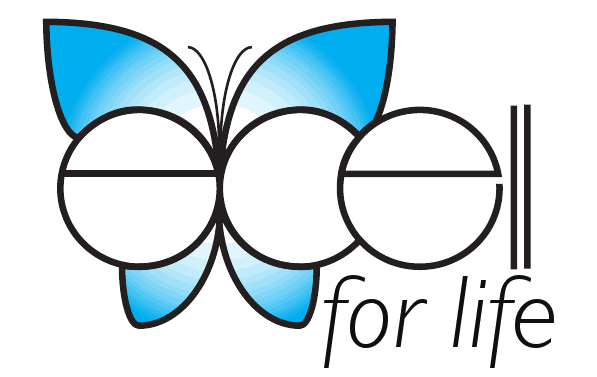Skin Cancer: Are You At Risk?
The month of May was National Skin Cancer Awareness Month!
Know what to look for and protect yourself and your family!
Skin cancer is the most common form of cancer in the US, with over two million people being diagnosed every year.
Warm weather is FINALLY here!
And, we all want to get outside and enjoy the spring and summer months. At long last, we can get some much-needed exercise, work in the garden (my personal favorite!), and take the kids to the pool. The days are long, and the sun is welcome!
But, we need to take precautions for ourselves and our children when it comes to sun exposure. As the CDC says, “any change in the color of your skin after time outside—whether sunburn or suntan—indicates damage from UV rays”. This kind of skin damage is the number one cause of skin cancer.
Having had only ONE severe sunburn greatly increases your risk of getting skin cancer.
There are three major types of skin cancer
Basal Cell Carcinoma (BCC)
Squamous Cell Carcinoma (SCC)
Melanoma
Most skin cancers that occur are BCC or SCC. While these types are malignant, they do not spread to other areas of the body. They can be disfiguring if not treated early. Melanoma is a highly aggressive cancer that can travel to other parts of the body and may be fatal.
What should you look for? Use the following guideline, “ABCD”, when checking the skin for changes.
Assymetry: One side of a lesion or mole doesn’t look like the other side.
Border irregularity: Margins (edges) of the lesion may be notched or irregular.
Color: Melanomas are often a mixture of black, tan, brown, blue, red, or white.
Diameter: Cancerous lesions are usually larger than 6 mm across (about the size of a pencil eraser), but any change in size may be significant.
Check your children’s skins and have your spouse or partner check your skin. Have your doctor examine your skin at your annual checkup and any time you find something suspicious! Any of these cancers are best treated in the early stages!
What should you do to protect yourself? Sun damage can occur any time of the year. Even if it’s cool and cloudy, you still need protection, especially during the midday hours, from 10:00 am to 4:00 pm.
UV rays can reflect off surfaces like water, sand, cement, and snow. So, seek shade during those midday hours. Cover up with clothing to protect exposed skin. Wear a wide-brimmed hat and cover face, neck, head, and ears.
Wear sunglasses that have UV protection in the lenses. Eyes may be damaged by UV rays also!
Put on sunscreen with SPF 15 or higher, and use a brand that has both UVA and UVB protection. Re-apply often if swimming or perspiring.
Avoid tanning beds and sunlamps! The International Agency for Research on Cancer, an affiliate of the World Health Organization, includes ultraviolet tanning devices in its Group 1, a list of the most dangerous cancer-causing substances. Group 1 also includes plutonium, cigarettes,
and exposure to UV rays from the sun.
While more skin cancers occur in fair-skinned, freckled Caucasians who have red or blonde hair and blue or green eyes, Asian Americans and African Americans can get skin cancer, too! And when this happens, these populations are more likely to be diagnosed when the cancer is more advanced. This means that the cancers are harder to treat, and they are more often fatal.
Protect yourself and your loved ones from skin cancer! The effort will be worth it! And, have a GREAT summer!
Blessings to you,
Nurse Anne

